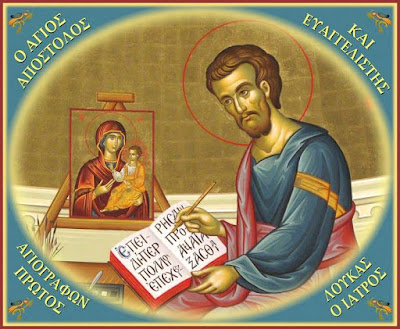1. Extinguishing of a Fire in 1890
In 1890 a fire broke out in the forest of our Holy Monastery between the areas of Alonaki and Agios Theologos. The fathers, when they saw the fire, took pickaxes, saws, axes and other related items for extinguishing. They took with them also a mule, on which they hung a sack with the relics of Saint Anastasia the Roman, and hurried quickly to the burning forest.
When they got close enough to the fire, an opposite wind blew the flames in the opposite direction to the side where the fathers were. The brothers are scared lest they be surrounded by flames, so they began to move away, leaving the mule alone. The mule had already been besieged by the flames, while the fathers mourned the loss of the relics.
In 1890 a fire broke out in the forest of our Holy Monastery between the areas of Alonaki and Agios Theologos. The fathers, when they saw the fire, took pickaxes, saws, axes and other related items for extinguishing. They took with them also a mule, on which they hung a sack with the relics of Saint Anastasia the Roman, and hurried quickly to the burning forest.
When they got close enough to the fire, an opposite wind blew the flames in the opposite direction to the side where the fathers were. The brothers are scared lest they be surrounded by flames, so they began to move away, leaving the mule alone. The mule had already been besieged by the flames, while the fathers mourned the loss of the relics.















































